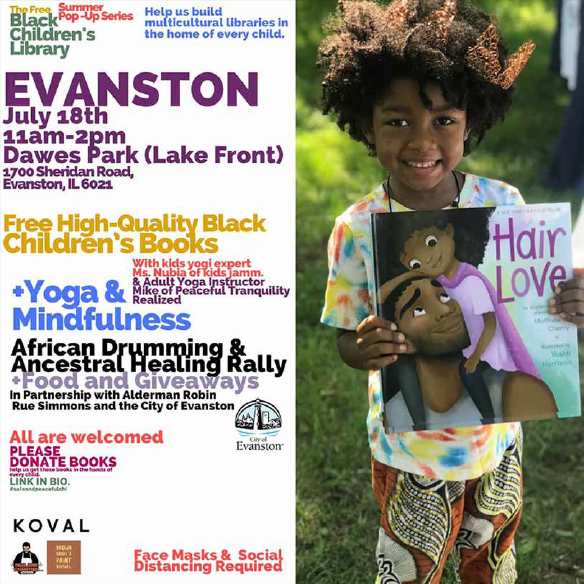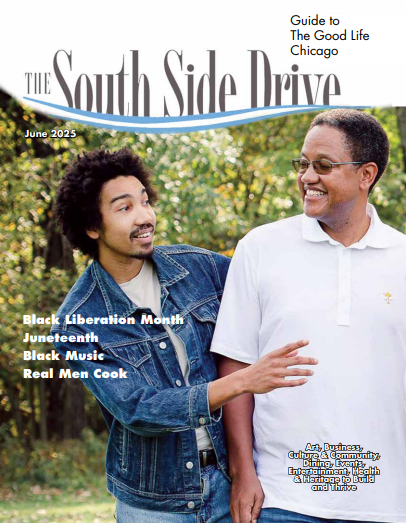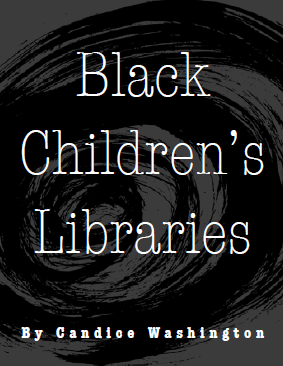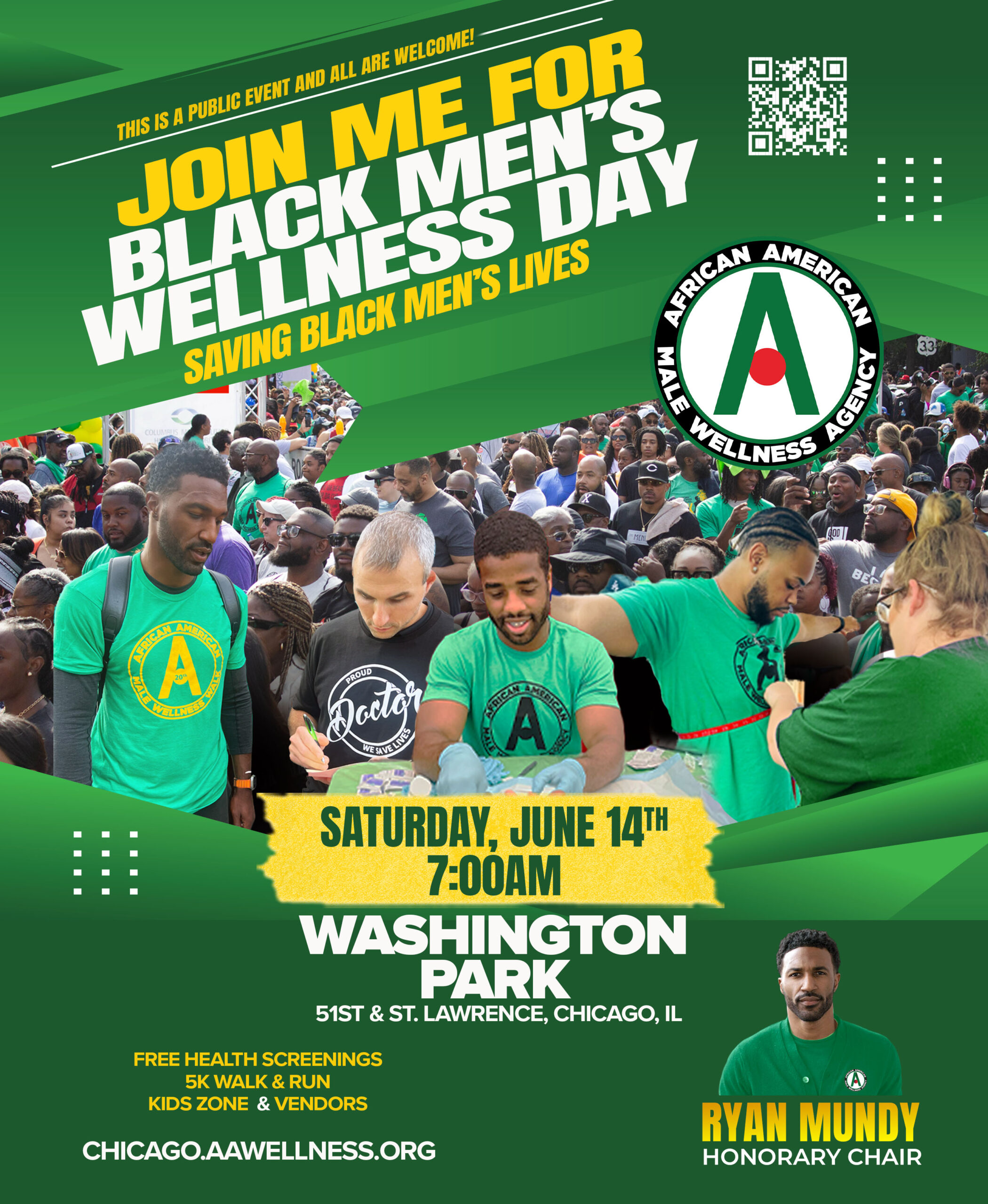Free Summer is great for reading! Inside, outside, rain or sun, alone or with friends and family. Every child should have libraries full of stories and images to inspire their ideas, emotions and imagination. Unfortunately, many Black children in the neighborhoods where my family lives don’t have enough books. It has nothing to do with their interest in reading, certainly not their ability. It has everything to do with access to books. It has a lot to do with their caregivers having to make tough financial decisions with limited wiggle room to buy books and art. We can all help with that. As an early childhood educator I always consider the holistic well-being of children. I received lots of calls from parents when schools closed due to Covid-19, about how to keep children engaged at home. We are still very much in the first wave of Covid-19 and unfortunately may have to go back to more strict quarantining. Some of the tips I’ve shared to parents are still worth considering.
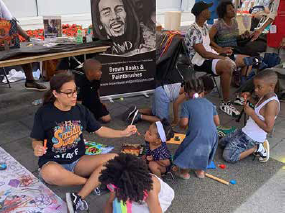
However, in the midst of one pandemic I began receiving calls from parents looking for ways to discuss older American tragedies caused by racism and injustice. Families were unclear about how much and how early to expose their children about ideas of race. From my studies and experience in schools I encourage families and educators to think instead about how to recognize the developmentally appropriate level of awareness and comprehension of a child, and tailoring conversations for their age because we begin to develop a framework for understanding race and culture from the very beginning.
Age 0- At birth, babies look equally at faces of all races. At 3 months, babies look more at faces that match the race of their caregivers. (Kelly et al. 2005)
To begin preparing Black children for conversations about interacting with other races and ethnicities, they must first be properly educated and firmly grounded in their Black and African cultural identity.
Age 1- Children as young as 2 years use race to reason about people’s behaviors. (Hirschfeld, 2008)
Age 2- By 30 months, most children use race to choose playmates. (Katz & Kofkin 1997)
Age 3- Expressions of racial prejudice often peak at ages 4 and 5. (Aboud, 2008)
Age 4- By 5, Black and Latinx children in research settings show no preference towards their own groups compared to Whites. White children at this age remain strongly biased in favor of whiteness. (Dunham et al, 2008)
Age 5- By kindergarten, children show many of the same racial attitudes that adults in our culture hold – they have already learned to associate some groups with higher status than others. (Kinzler, 2016)
Age 6+ – Explicit conversations with 5-7 year olds about interracial friendships can dramatically improve their racial attitudes in as little as a single week. (Bronson & Merryman, 2009)
It is the responsibility of teachers, caregivers, and families to help children internalize their thoughts, and attitudes about race and diversity and the skills to promote a more inclusive and equal future – but only if we talk about it. Approach these conversations with your little ones with an open mind, patience, and be receptive to questions. (Black Education Matters, 2020)
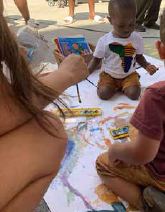
My non-profit organization, Brown Books and Paintbrushes, specializes in quality resources and engaging activities for children and families that highlight books by African-American authors and illustrators. To begin preparing Black children for conversations about interacting with other races and ethnicities, they must first be properly educated and firmly grounded in their Black and African cultural identity. All children need to learn more about diverse, authentic Black experience at an early age. There are so many beautiful, brilliant books that can help, but we still have the problem with access.
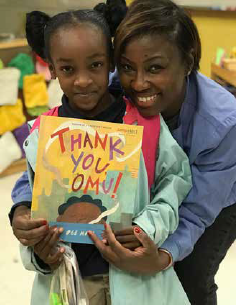
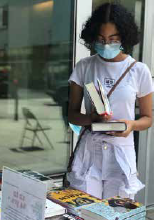
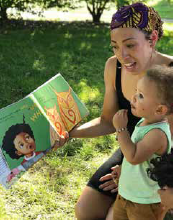
As one solution, we offer the Free Black Children’s Library Summer Pop-Up series (inspired by The Free Black Women’s Library). The Free Black Children’s Library Pop- Up initiative intends to place high-quality Black children’s books in the hands of all children in Illinois and the surrounding areas. We curate fun, family-friendly cultural literacy experiences that include free art, yoga, African drumming, and more. We rely on donations from the community, to purchase books, or preferably donate money so we can purchase books from Black-owned bookstores. We simply hand them back to children in need. It’s a simple idea, to address some complicated problems, but we have to start somewhere and do what we can because our children deserve better.
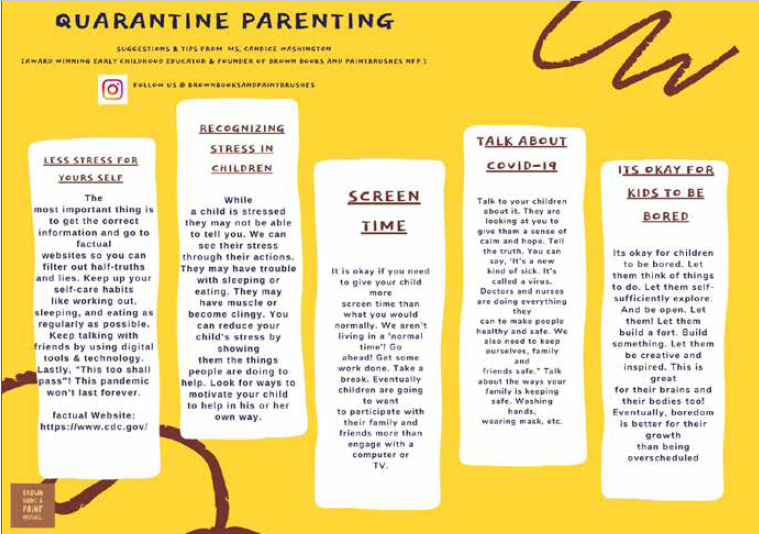
Candice Washington, founder of Brown Books and Paintbrushes For more information: www.BrownBooksAndPaintbrushes.org Instagram: @BrownBooksAndPaintbrushes
*for full references listed in the article please contact the author.
